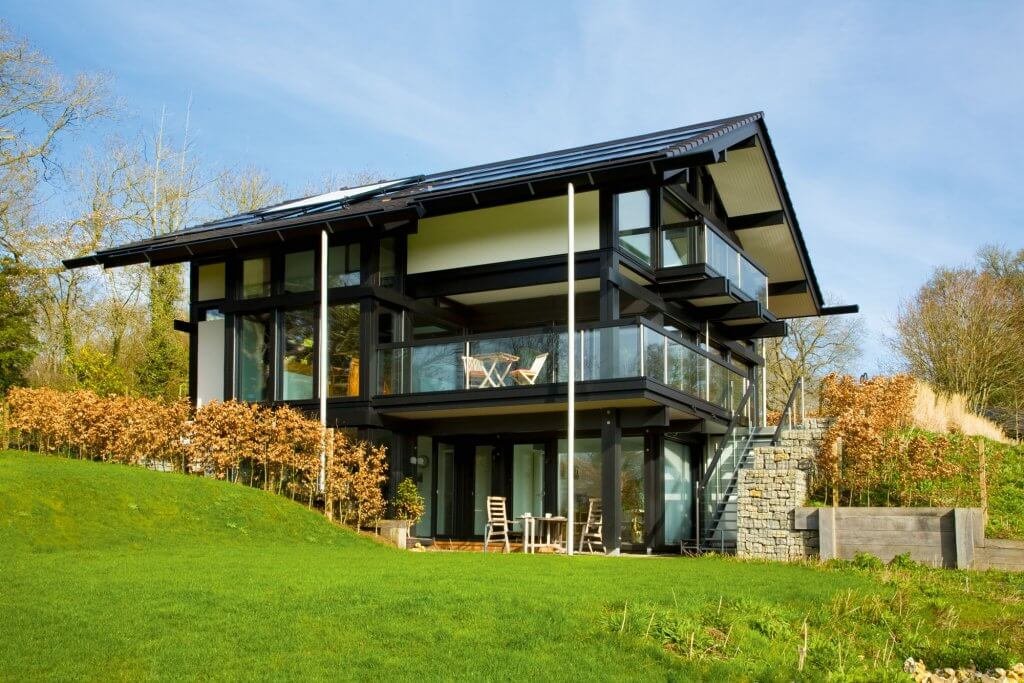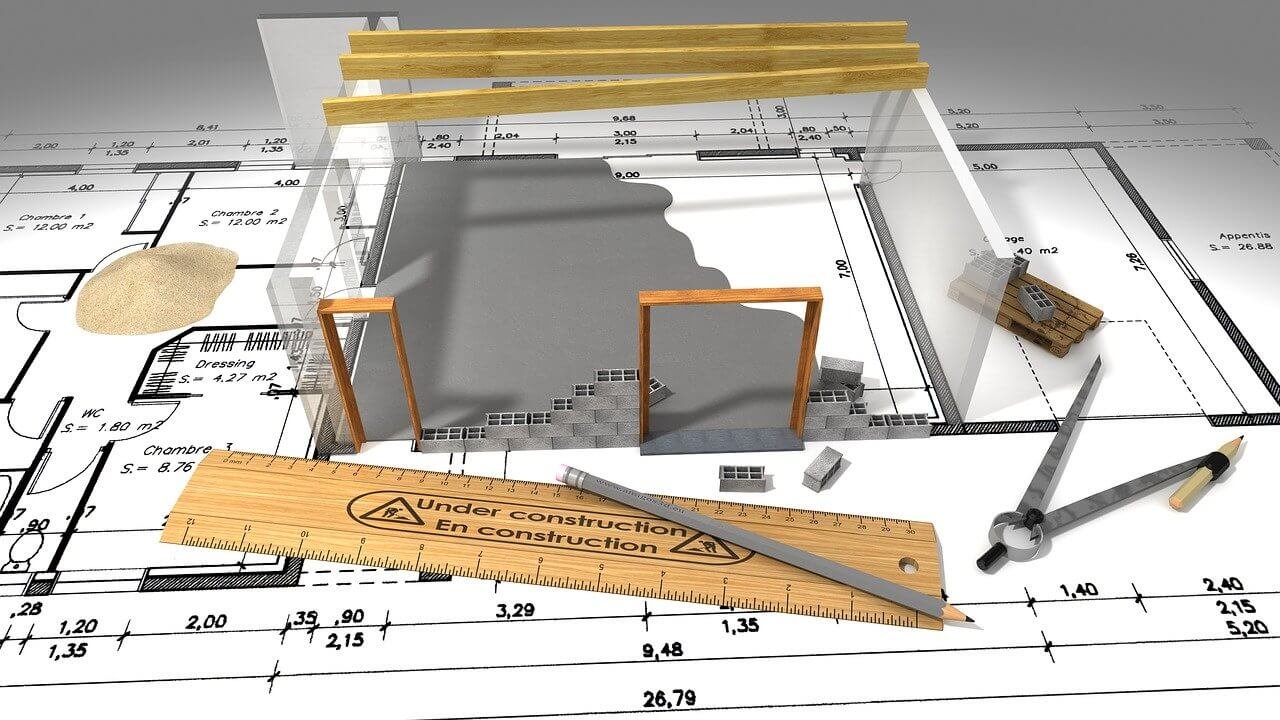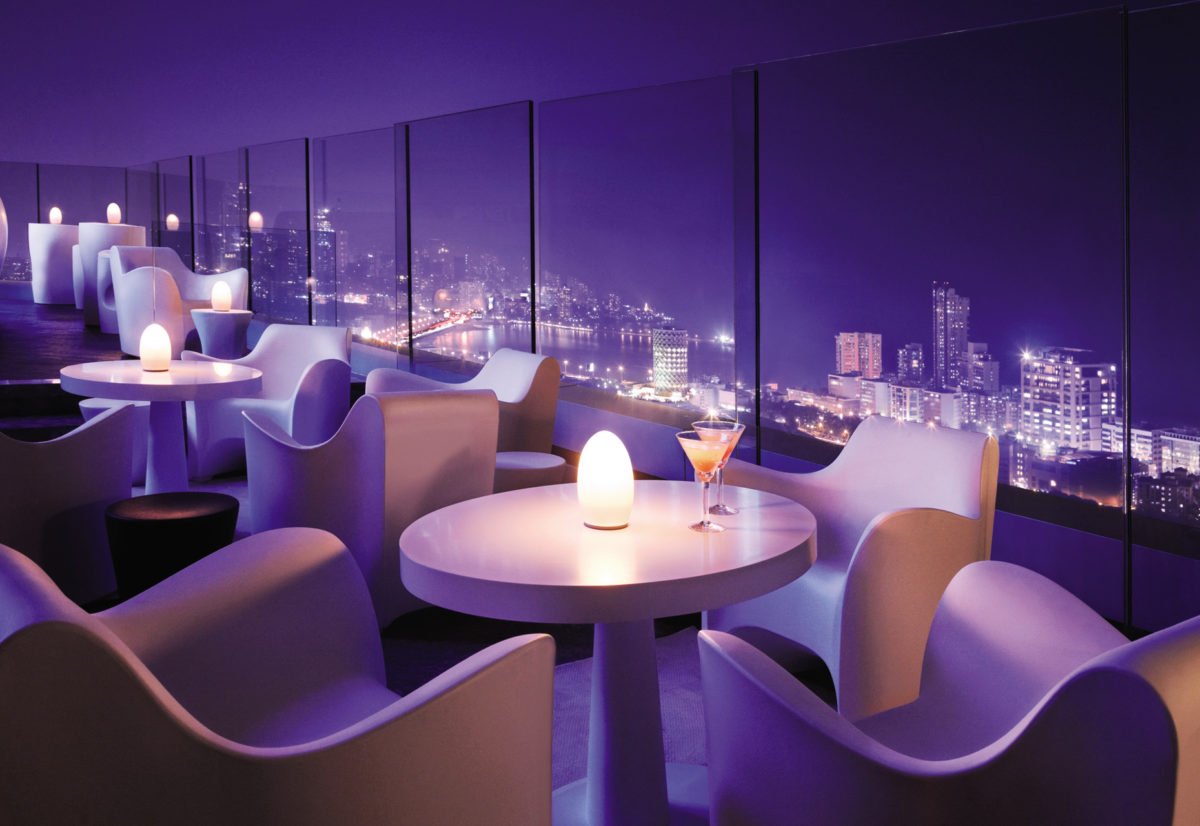Environmental friendly homes are far from a fleeting notion that is meant to appease environmentalists. The natural use of recycled, re-purposed, and sustainable materials has become a favorable choice for both contractors and homebuyers in today’s world. Living a green, environmentally friendly life is more than just a buzzword now. It’s a way to give back to the Earth and make sure that breathable air and crystal-clear lakes stay that way, in the near climate crisis.
And that’s why we’re here, to talk about eco-friendly homes, what are they, why they’re important and a need, and what all can be done.
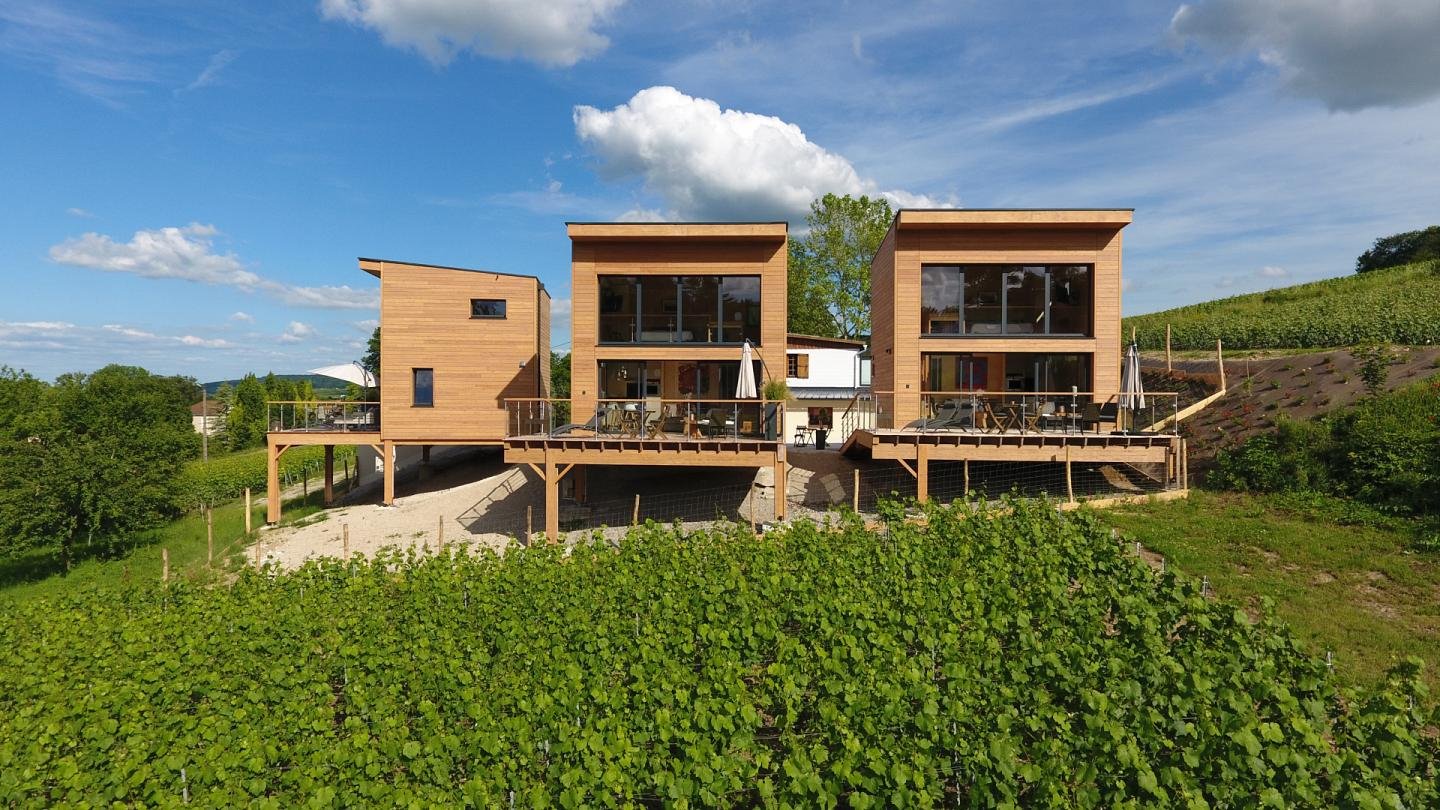
What is an Eco-Friendly Home?
An eco-friendly or a green home is a house or a habitat that has been built or designed using environmentally friendly materials and appliances. An eco-friendly home doesn’t necessarily mean that your roof is green or covered with solar panels or use the toilet water twice. It can be anything from using energy-efficient light bulbs to low-flow water fixtures, installing large windows to let in natural light in.
By the term, ‘Eco-friendly’, means, ‘not environmentally harmful’ and was first known in 1989, according to Merriam Webster. It is most commonly used when referring to products that contribute to a green living and other sustainable practices, preventing pollution on the land, in air and water.
Features of an Eco-Friendly Homes?
An eco-friendly home features environmentally cautious features within its design, construction, siting, operations, and maintenance. There are various other ways you can help make your house eco-friendly:
- Solar Power
- Rainwater storage
- Sustainable building materials
- Food gardens
- High-efficiency lighting
- Recycling features
- Temperature-regulating walls
Eco-friendly also refers to the practices that make us conscious about how we absorb natural resources including the less water usage, gas and electricity that contributes to a greener environment. Organic ingredients, materials that grow without toxic pesticides or herbicides made from recycled products containing glass, wood, metal or plastic are some of the types of eco features. Biodegradable products break down through natural decomposition making it less harmful to the ecosystem and environment.
Reasons to Build an Eco-Home:
Besides being a cool thing to contribute to the planet in the smallest amount possible, it is going to make as well as the planet happy:
- Reducing your carbon footprint: Energy and gas efficiency means less carbon being released into the world. As one might imagine, 40% of the carbon emissions come from the construction industry, taking a sustainable approach to build can help you to be a part of it.
- Saving time and money: We can all use more time and money, especially when building a house, considering all the local material shopping to reduce the fuel costs for shipping and putting money back into the local community. With using a green home kit of prefabricated green building options, saves the time on your build.
- Protecting your health: Yes right. You might be surprised to know that many homes are built out of materials that aren’t on the top list of ‘good for humans’.
The types of building materials you choose for constructing a property isn’t the only way to be environmentally conscious. Options that make the construction of site more green include technologies like Halo light (rechargeable lithium-ion battery providing 12 hours of power), having less electricity on site.
So, the next time you are building a property, complete the following, ‘Does it make a good eco-friendly and economic sense to ‘go green’?
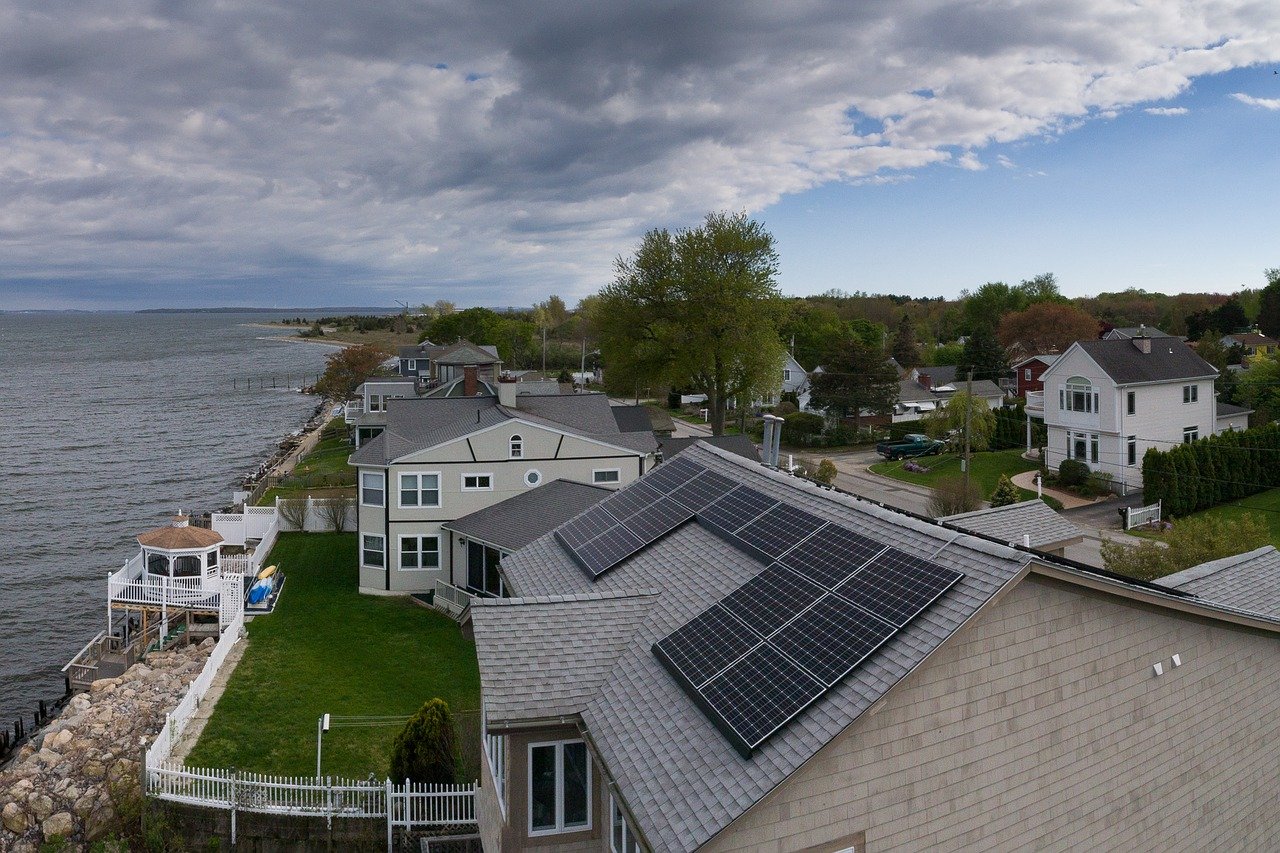
How to Build your Eco-Friendly Home?
A huge benefit of building your own eco-friendly home is choosing the right eco-friendly materials and appliances into the building at an initial step of designing. Following tips can get you started with your list:
- Splurge for quality door and windows: Poorly sealed doors and windows can negatively affect the airflow and temperature of the house, causing more energy use.
- Install an efficient duct system: 20% of air flows through duct systems due to leaks and poor connections.
- Get good insulation: Insulation controls the temperature of your home and poor insulation can result in higher energy use.
- Splurge for efficient faucet fixtures: Investing in water-efficient faucet fixtures will solve a basic water need.
- Invest in a Good toilet: Toilets may only be for flushing but you can flush more efficiently.
- Consider your lighting: Light bulbs and fixtures use 75% less energy than traditional bulbs lasting up to 25 times longer.
- Using recycled materials: Since you will be building your home, you need to choose the most environmentally friendly materials.
Inspiring you to Build your own Eco-Home:
Imagine how would you like to have your own Eco-home, naturally you tend to picture it as a timber-clad with green roof, but these aren’t the only credentials you should be looking forward to. Advancements in constructions and building technology, a whole building system from glazing to your walls, can be accommodated in your design choices. Here are some projects that will inspire you to have your own Eco-Home:
- Huf House (Energy neutral self-build embraces Design): A target of building a sustainable home with net-zero utility bills, the house was built with the energy-efficient premanufactures home. The house also has triple glazing, underfloor heating, heat pump, and good insulation, 10KW array of solar electric panels and 12kW of storage batteries with LED lighting to achieve the zero-bills aim.

- Sustainable Farmhouse: A characteristic oak frame dwelling combining with traditional and modern construction methods to produce a house that is comfortable throughout the year and filled with a timeless appeal. The engineered timber frame is combined with hempcrete for breathable and thermally-resistant materials.
- Affordable Zero Carbon home: A large south-facing pitched roof for installing solar panels to provide electricity. The supporting timber frame is constructed from reclaimed wood and abode eco-credentials.
- Sustainable Home on a Sloping Terrain: A heavy internal concrete structure is designed to make the most of passive solar gain enabled with large spans of glazing. High insulation levels were specified for the ground floor, external walls and roof, windows are double glazed and fitted with an insulating film in order to trap solar heat. This keeps the embodied carbon of the property to a minimum.

- Affordable Straw Bale Eco Home: Uses a renewable material wherever possible for a timber frame structure, straw bale insulation and locally grown larch cladding. A sustainable approach to making a new home bends into the surroundings, the prefabricated timber panels were craned into place with the straw sealed inside.
The best and efficient eco-homes of the future will not only be made from mainly recycled materials, hopefully, close to achieving zero waste. It’s not the way a house is built, but also the way we live inside them can a difference to our carbon footprint. The homes will perhaps be smaller and use space efficiently in smarter ways, smaller homes produce fewer emissions and require less energy to sustain.
Another aim for eco-homes of the future is for them to be totally self-sufficient. Some amazing houses will practically run themselves into innovative designs, they will also be able to generate their own electricity and store excess electricity for the winter when there is less sunshine. Solar energy is a renewable form of energy that enables houses to generate their own power.
Better to make a change now and get ahead of the disorganized curve when others are striving to meet the eco-friendly environmental regulations.
To know more about Architecture Technology, Stay Tuned.
